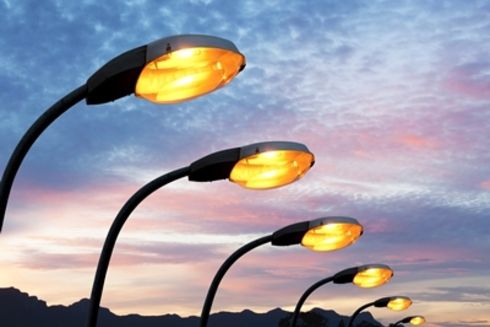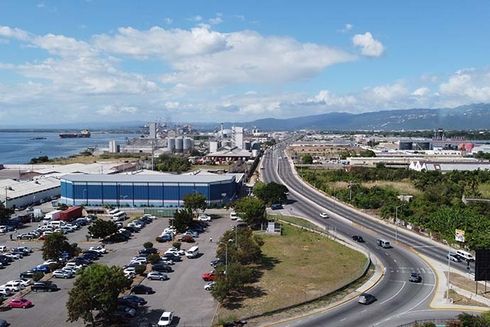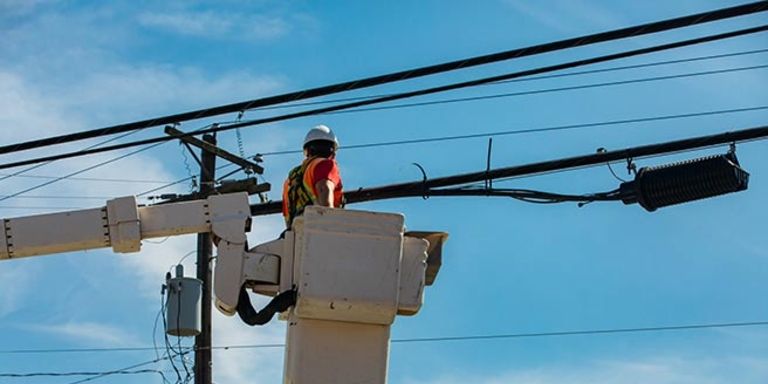
The International Energy Agency (IEA) estimates that energy consumption in the LAC region will increase between 50-54% by 2030, creating significant stress to their energy capacity. Street lighting is an important source of energy consumption in LAC countries. For example, it represents 3% and 6% of the energy consumption of Colombia and Ecuador, respectively. Most of the street lighting in the region is still supplied by High-Pressure Sodium-Vapor (HPSV) lamps, Mercury Vapor (MV) lamps or even incandescent lamps. These technologies tend to consume a lot of energy and do not always provide for optimal street lighting quality.

Light emitting diodes (LED) lamps have a high potential to reduce energy consumption, increase the quality of street lighting, and given their lifetime, also reduce operating expenses (OPEX). The initial capital expense costs (CAPEX) of LED technologies are, however, still very high, requiring long term payback periods – particularly as the LED technology is in most cases imported. Market studies carried out by the IDB have shown that international LED technology providers (e.g. LG, Sylvania, MVDlight, Phillips Schreder and BYD, among others) would be willing to produce LED lamps locally and reduce lamps costs considerably if a sufficient scale of investments in new lamps actually materializes.

promote private investments in LED technologies, including: (i) a lack of technical knowledge by local financial intermediaries (LFIs) and final beneficiaries on the risks and returns associated with these technologies and on how to evaluate their performance; (ii) mistrust on the part of investors on the performance of the technologies and the capacity of technology providers; and (iii) lack of a clear legal framework for PPPs and concessions (i.e., prior contractual commitments, concession contracts for administration, operation and maintenance (AOM) of systems of street lighting; change of administrations, among other legal and regulatory challenges).
In order to:
(i) promote the scale of investments needed for the price and payback return of LED technologies to become more competitive; and
(ii) address non-financial market barriers for investors and LFIs to feel confident in investment returns; IDB, together with Findeter, Colombia’s second tier national development bank (NDB) in charge of supporting sub-national and infrastructural development, has developed a solution that blends different financial and non-financial instruments to that effect. Those instruments include
- A credit line at adequate terms and conditions for first-tier local financial institutions so that they can in turn provide sub-loans to private sector operators interested in investing in street lighting projects based on LED technology;
- Engagement of LFIs in the development of risk-sharing mechanisms (insurance) to mitigate the under-performance of LED technology projects and hence their financial return;
- Technical cooperation to support the structuring of concessions and PPPs that make the investments in LED technologies attractive to private investors, including:
- Support to municipalities in the development of contracts at adequate terms for private sector engagement;
- Identification and engagement of technology providers and other key market stakeholders that will be required to support the demand for financing through the development of technically-robust, bankable projects;
- Development of standards and mechanisms not only to structure sound projects, but also to adequately monitor, report, and verify their results.
Financing Mechanisms for Private Investments in Energy Efficient (EE) Public Lighting - CO-X1020.
Global Environment Facility (GEF),US$ 2 million in grants; Findeter, a US$ 25 million credit line.
The innovative solution is designed to support efforts to replace HPSV use with more efficient LED technology for the modernization and expansion of street lighting services in Colombia. Its beneficiaries will be private and public companies providing basic services, and local government (e.g., municipalities). In addition to reducing electricity consumption and greenhouse gas emissions, the projects supported by this solution are expected to reduce the energy costs for Colombian municipalities, generating important cash flows that could eventually support the expansion of the street lighting network in those sub-national entities. The LED technology is also expected to provide a better quality of light (brighter), having a positive impact on street safety at night.
Discover the topics in which we work to improve lives in Latin America and the Caribbean.
Explore our offices across countries and the work they do to improve lives.
